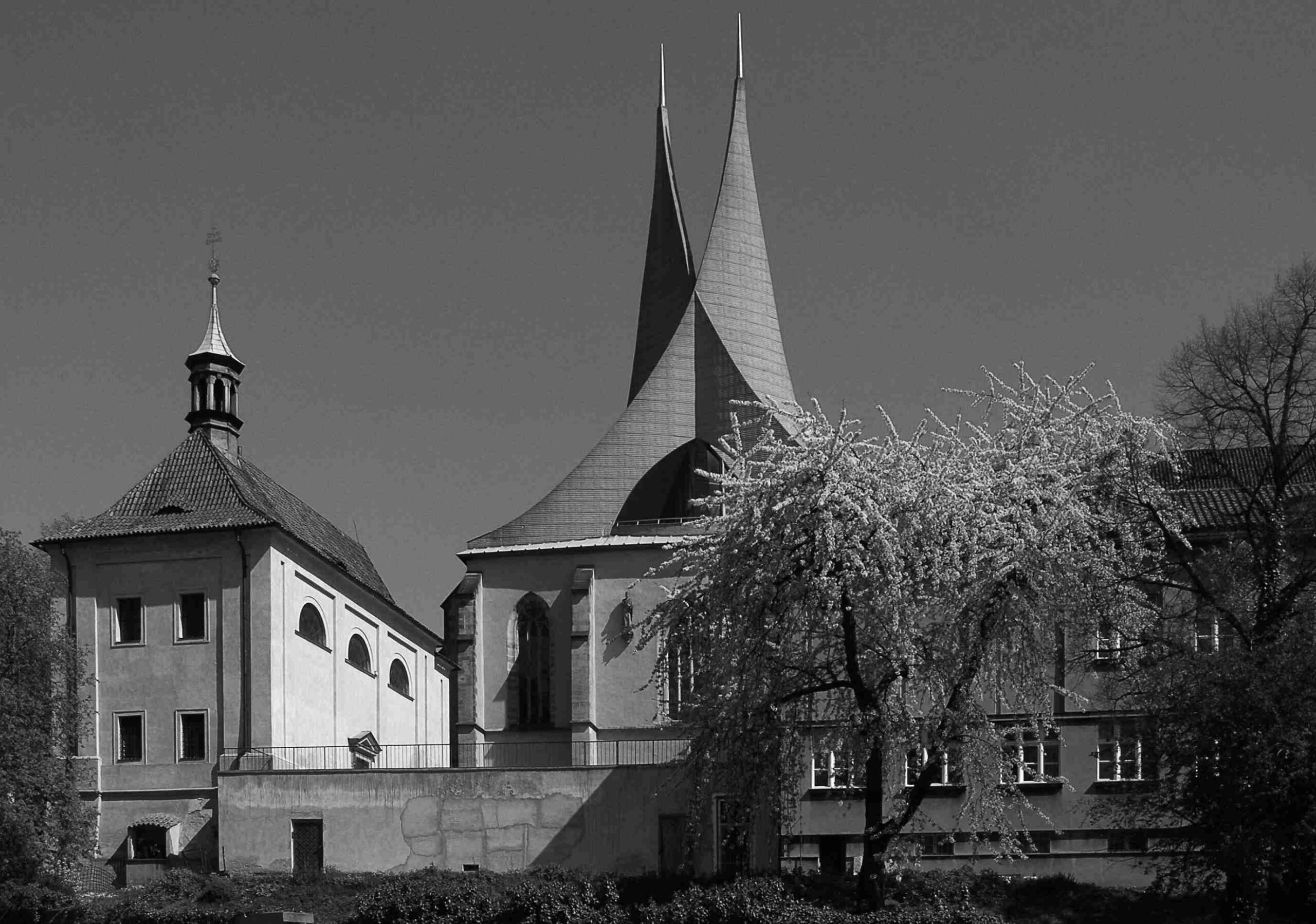In the 1960s, Czech architects and preservationists promoted the view that new buildings in historic settings should be “contemporary” and should be designed in a contrasting manner. This belief implied that their authors had to find new methods of engagement with their context, avoid the approaches of neutral “preservationist architecture” and employ the formal methods of post-war Modernism. Support for this method was provided primarily by architectural historian Oldřich Dostál (1926–1966) and architect Bohuslav Fuchs (1895–1972). For many reasons, including political ones, contrast architecture lost its prestige after 1968 and even today is unpopular among heritage experts. Nonetheless, these circumstances should not imply that heritage protection should refuse to protect its results from the Sixties.
DOI: https://doi.org/10.31577/archandurb.2022.56.1-2.1

This work is licensed under a Creative Commons Attribution 4.0 International License
